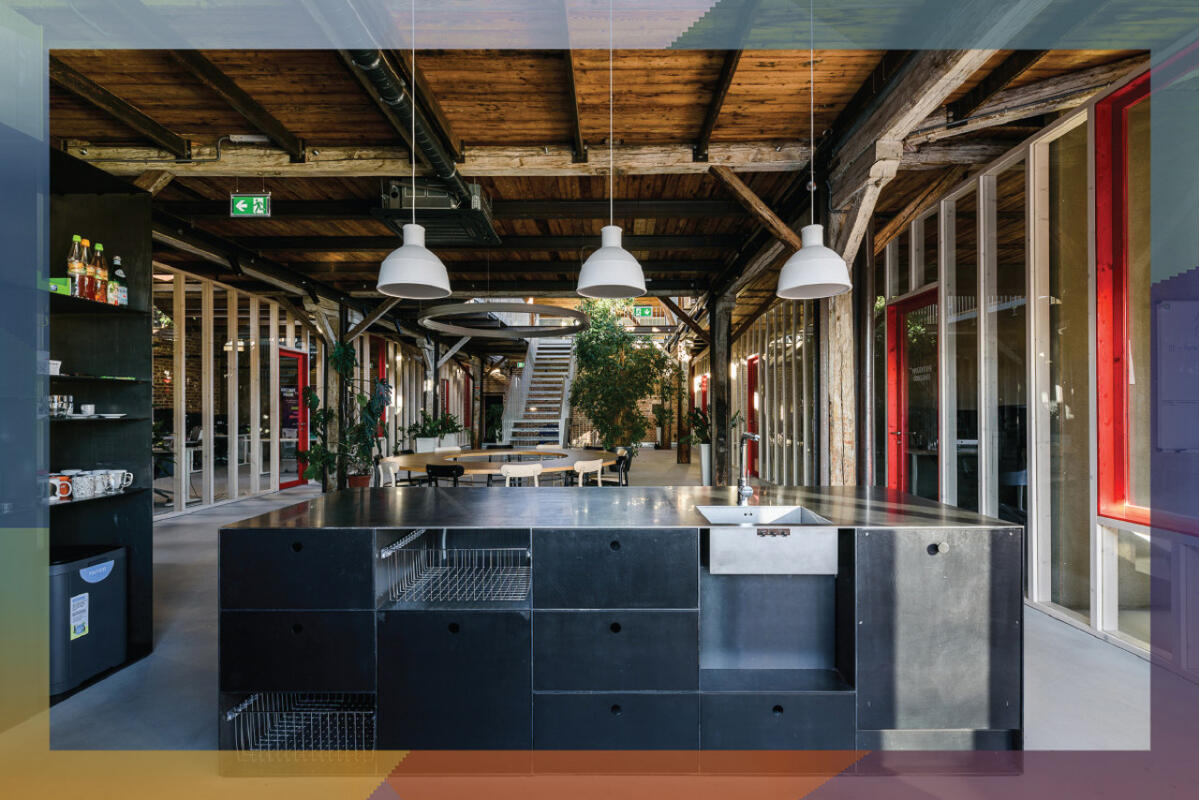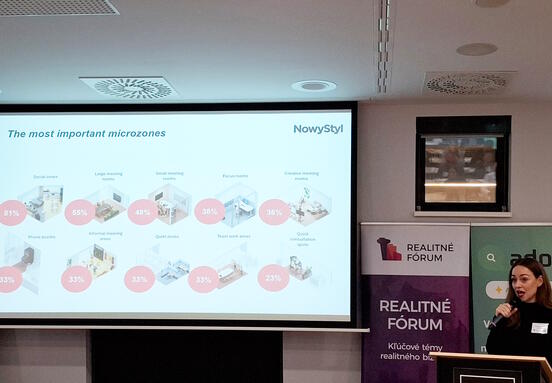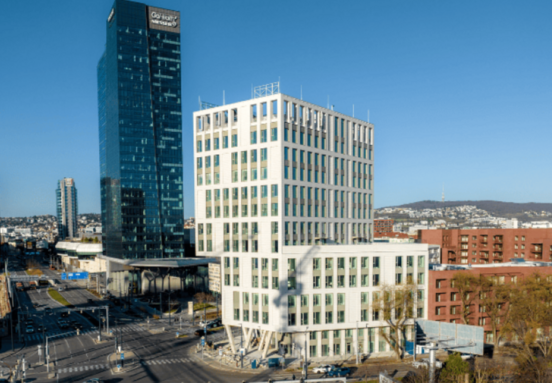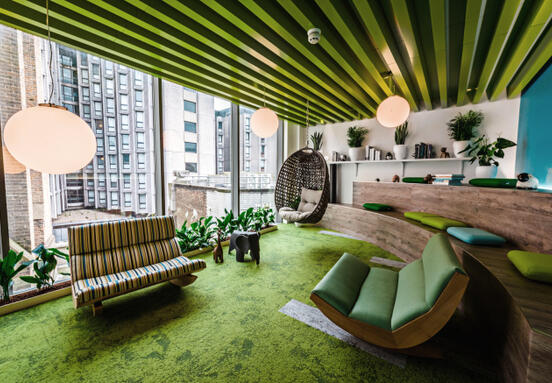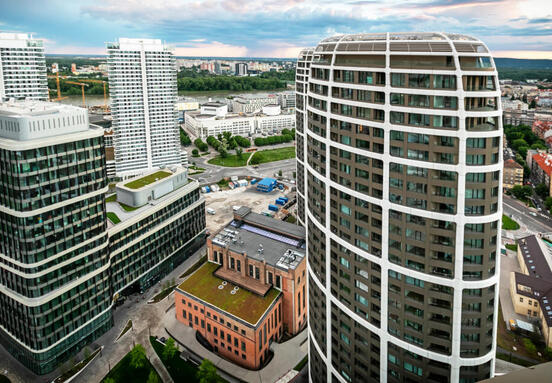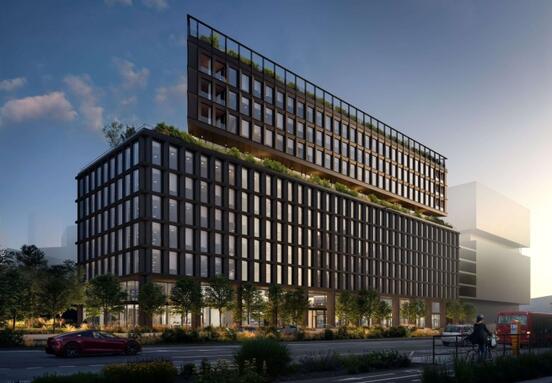As the initial euphoria from the home office has long since waned, the company welcomes the return of employees to the workplace. In the current analysis, Eva Sadovská, an analyst at WOOD & Company, looked at what it currently looks like with the return of employees to the workplace, what types of offices the company prefers, but also the risks that the home office brings in the long run and what future work from home waiting.
It is possible to limit the mobility and not interrupt the operation of the company during each wave of the pandemic home office. But this is not for everyone. They have the greatest potential for teleworking as information and communication, administrative services or financial and insurance activities. However, these areas do not employ even a tenth of all working Slovaks and Slovaks. For the overwhelming working people, the home office is just a fiction.
Slovakia has had four waves of coronavirus pandemics, during which a home office was mandatory or at least recommended. At present, we have almost no anti-pandemic measures in Slovakia, and a few days ago, even the obligation to wear respirators or a veil disappeared. Office buildings, which record a growing number of employees, are also feeling relaxed. "From the rental contacts are equipped that the offices are more outsourced. We expect the number of employees in the offices to grow in the coming months. However, we do not expect pre-pandemic conditions in the near future, as most companies currently prefer a hybrid model of work, ie the rotation of offices with work from home. But we know from the tenants that the home officers have already "oversaturated" and they want to have their employees in the workplace, "explained Martin Šmigura, Investment Director of WOOD & Company.
The euphoria from the home office did not last long
Even in industries where home office is possible, it brings problems in the long run. Man is a social creature and personal contact plays at work more and more in front of a sterile online environment. "During long-term work from home, our mental health is threatened by anxiety and depression. At first, it may seem like loneliness or a feeling of separation - "I have no one to have a problem with". At the home office, a clear dividing line is lost between the home and other environments - "I'll send this email and wash the dishes". Psychologist Miloš Poštek, from the INLY center, which concerns the ultimate comprehensive care for mental health and the development of adults, both individuals and teams, can increase the final consequence of the sudden and emotional burden. Long-term work from home can also lead to the so-called "Atomization" of team members, to the loss of synergies, support and sense of belonging, but also to the lack of information. At the home office, the personal and work growth of an employee who improves better in the team also meets its limits.
The new "norm" is the mix of work
The mix of work from home and in the office is becoming the new, so to speak, normal. This is also confirmed by the results of the Profesia survey and the Open HR Forum initiative, according to which up to 54% of employees prefer a hybrid job model. 38% of employees want to work exclusively in the office. Only 8% of respondents prefer to perform work exclusively from home. The hybrid model is that he does his work in the workplace several days a week and works from home on other days, for example in a 3: 2 ratio.
Most companies do not shrink offices
One of the myths is that the hybrid model of work brings with it the interest of companies in a smaller area of office space. The opposite is true, as most companies have not made any changes to the acreage and do not plan to do so. This is confirmed by a survey of real estate consulting company Cushman & Wakefield since the end of 2021. According to these data, up to 91% of companies in Slovakia have a clear vision of the size of their leasable office space, which is evidence of the decline in uncertainty that prevailed after the pandemic. As many as 60% of the companies contacted do not plan to change the leased office space this year, even 12% of companies plan to expand the space, and 19% of the companies surveyed are likely to reduce.
Therefore, companies do not change the area of leased premises as much as their layout. They abandon open space and require more flexible spaces where they can meet. According to Cushman & Wakefield, the most common changes include layout changes through building modifications or furniture elements, increasing the area of social areas, reducing office space, for example by staff rotation, increasing the number of small and, conversely, reducing large conference rooms. The good news is that companies are also planning to increase staff numbers.
